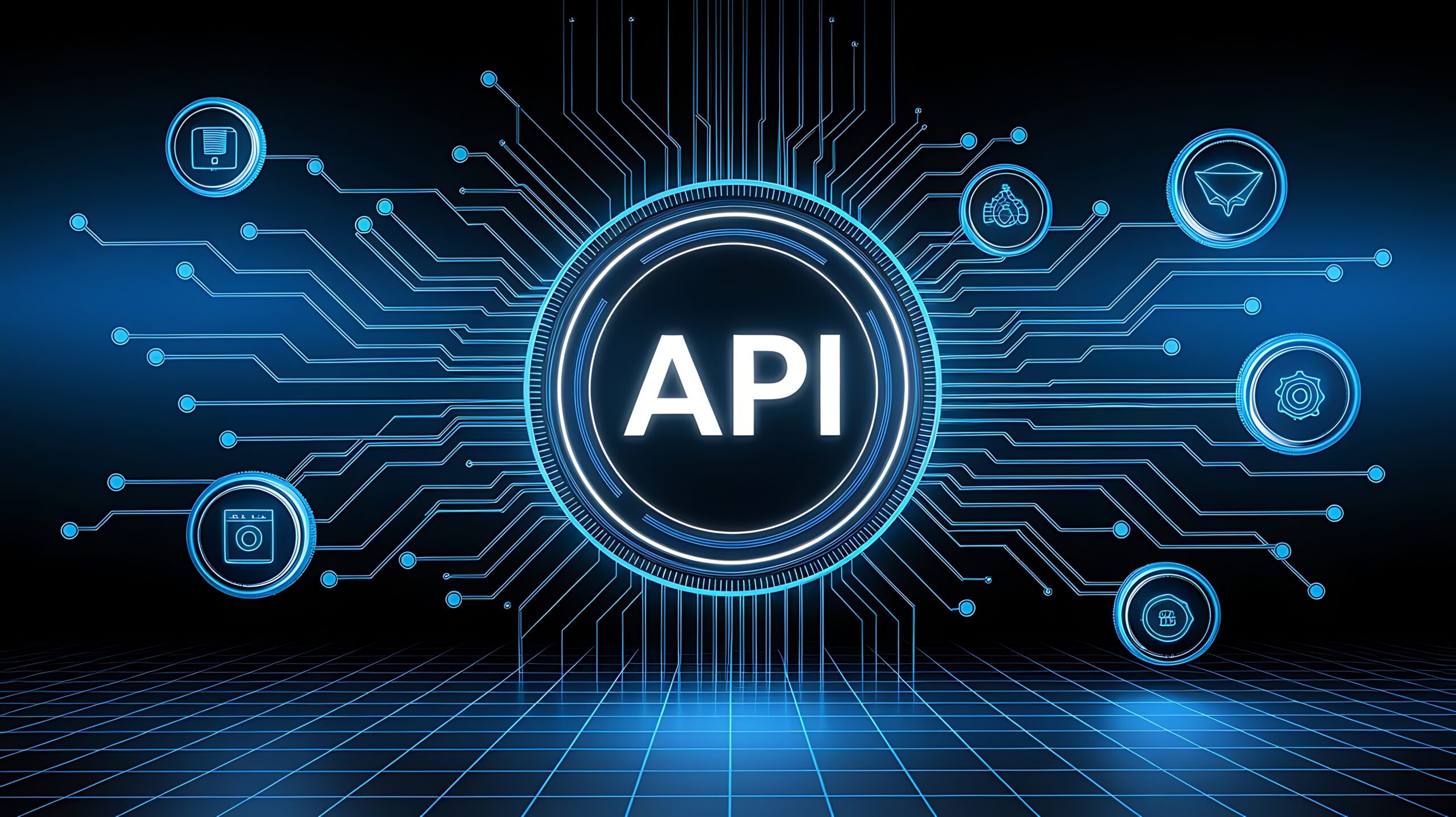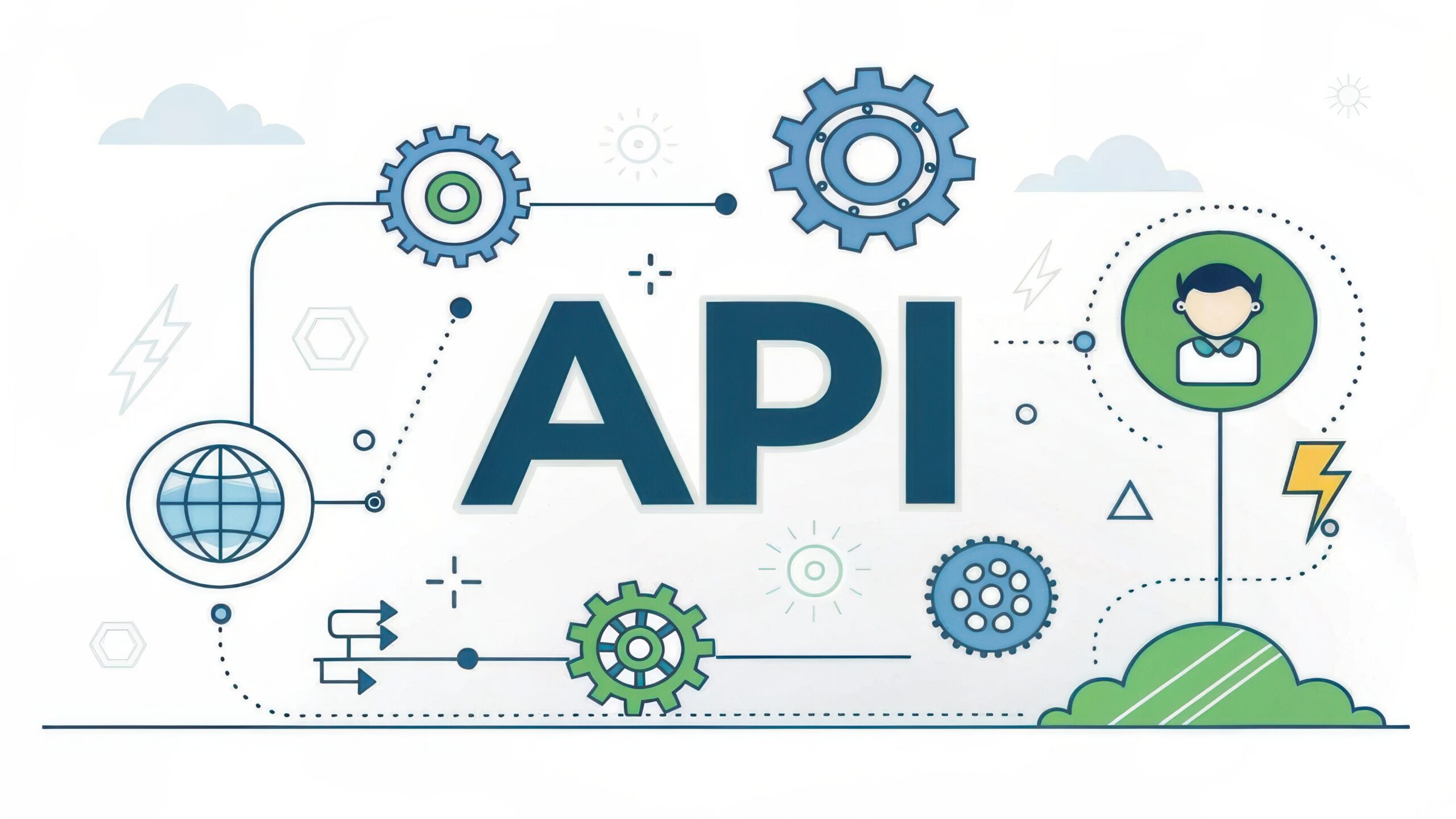As the fourth Industrial Revolution continues accelerating rapidly, businesses need to adopt strategies that set them up for whatever the future may hold. That includes adopting an API-first design approach.
A future-proof design enhances and connects multiple processes to deliver superior operational efficiency. With reusable software components that work to API standards, you can easily and quickly build secure products.
However, it’s not always easy to see these advantages with all the myths surrounding API-led development. You may have heard that APIs are new and untested technology or that a code-first approach is best, for instance. Other myths include a supposed lack of business value and an excess of complexity. However, the truth is that API-driven development actually outperforms code-first methods that are becoming outdated, thanks to its elegant modularity.
Composable business models can be assembled from pre-made parts. These modules comprise technologies including APIs, as well as business processes that can rapidly redeploy into new configurations suited to the times. This methodology helps make organisations more nimble and adaptable.
What Is API-First Design?
API-first design centres software development on application programming interfaces (APIs), instead of starting from the code itself. The API serves as the guiding force that shapes the rest of the development project. Since APIs define how different systems connect with each other, this approach outlines what a product can do before building the product.
API-led development speeds up innovation by streamlining and securing the development process from end to end. Programmes have a specific set of actions that they can perform, which makes it easy to write the appropriate code. Writing the API in advance gives you the concise basis for making graphical, voice, command line, or any other interfaces that may elaborate on the blueprint. This contrasts against conventional code-first development, which can get messy if started from ill-defined coding.
API-first design’s growing popularity is easy to explain: its speed, security, and simplicity greatly enhance a structured flow of information. Phones and other devices connecting to cloud apps have further helped the API economy bloom. As a result, businesses large and small are turning to this method to increase the efficiency and reliability of their offerings. API-first design lets businesses react nimbly in any situation, rolling out new goods and services to customers as soon as demand arises.
The API-led design also reduces the cost of developing components since these composable applications are reusable by nature. The blueprinting allows you to create applications that can perform the same work in multiple contexts. These work like building blocks that you can rapidly assemble into different products to satisfy evolving desires. You’re more agile—thanks to these reusable services.
Unfortunately, despite its many benefits and obvious superiority over a less-structured code-first approach, API-led design strategy suffers from a number of popular misconceptions and myths. Let’s clear the air about several of these longstanding misunderstandings.
Myth #1: APIs Are New
While API-driven development has exploded in recent years, the technology itself is not new. It has been around for over two decades and is a battle-tested solution that powers many of the online services we know and trust today.
The reuse potential for rapidly releasing new functionalities ranks among the main reasons for the present popularity of APIs. For example, consider the increasingly popular open banking system. The concept depends on public APIs, which allow financial service providers and their partners to respond more effectively to customers and regulatory requirements.
Governments are pressuring banks to allow outside organisations to check balances or conduct other transactions. Traditionally, banks closed off their systems for security purposes. However, modern APIs alleviate these concerns, offering a fast route from the bank to the public while maintaining security. Now instead of each bank or other institution having its own way of doing things, there are common techniques like JSON that unite many disparate organisations into a highly functional whole. The open-access nature of APIs gives these services a useful structure—making them both easier to build and more secure.
While API use itself is not novel, previously it might only have been added as an afterthought to link other tangential programmes. Today, companies start by creating the API, which then interfaces with any number of other systems. It’s the difference between tacking on an API to solve an existing problem versus designing the API from the start to respond to multiple unfolding problems. In short: APIs are not new—but over recent years they have blossomed into a centrepiece of the digital economy.
Myth #2: Code-First Is Always Better Than API-First Design
This myth seems to have arisen simply due to an “if it’s not broken, don’t fix it” bias for historical solutions. Code-first is how things have been done in the past; now, however, API-first design often makes more sense. The application programming interface takes into account business needs according to key stakeholder input—not only technical capabilities—to steer development faster and farther.
In the context of building a reusable system, thinking about the API first is a must. You shouldn’t start developing before considering the requirements! Designing for reuse is designing for the future. Starting with the API fosters good design practices, making it easier to extract value from your resources down the road.
With the growth of the API economy, interconnectivity has become critical to business success. Companies like Expedia, Uber, and Stripe have built fortunes on APIs. And it’s not just large organisations—companies of any size that are reaping the benefits of API-first design. These software connectors unleash creative potential while supporting safe code.
API-first design’s superiority also rests its big-picture focus on delivering more concrete long-term ROI versus just starting to code. Instead of only fixing problem A, you’re also fixing problems B, C, D, and E.
Thus, code-first offers a false economy. It may seem easier to start coding straight away, but it doesn’t prepare you for the future. With API-first design, you assemble a clear notion of what each reusable component does ahead of time, which offers a powerful method to fix your business challenges.
Furthermore, by dint of their reusability, API-first designs can solve multiple problems across multiple systems. They open the door to unexpected applications later on—encouraging further innovation. While code-first may seem faster at first glance, its short-sightedness locks you into a constrained path from the start. Meanwhile, the API map only reveals greater horizons as you go.
Myth #3: API-First Approaches Have Low Business Value
While some may think that API-first development has low or no business value, it actually contributes substantially to enterprises’ bottom lines over time. An API-led approach is fundamentally attuned to an organisation’s operational needs from the get-go, by virtue of its design. Therefore, it’s planned with the business’ profit front of mind.
API-first development boosts innovation, adaptation, and agility—you’re essentially fortifying yourself for the future. As your business grows and evolves, unexpected challenges and opportunities will always crop up. A well-made API enables you to quickly pivot and capitalise on these moments rather than constructing off-the-cuff solutions from scratch on the fly.
Let’s take a look at what can happen if you don’t start with an adequate API. If anyone can come in and interact willy-nilly with the system, they can flood it with transactions, taking it down. This is not necessarily malicious, either—often, a flood of transactions is just a signal of positive, explosive growth! But a system needs to be secured for these unexpected moments if it is to run effectively and consistently.
For example, consider the eCommerce titan of titans, Amazon. Amazon Marketplace features APIs open for anyone to connect their shop and sell online. Their API-first design allows millions of products to be sold without overloading the system or otherwise threatening security. This gives third-party vendors access to an immense market, shoppers access to over a million vendors, and Amazon much larger profits.
Myth #4: API-Led Development Is Too Complex
Developers more accustomed to a code-first approach may wrongly assume that an API-first development cycle is more complex. However, these steps are actually quite simple and very adaptable to your needs.

With API-led development, you write apps to talk to a general API—not to specific devices, like an Android phone or a Windows computer. This straightforward approach frees you to reuse components as you please.
APIs streamline the process of innovating and developing for the future. It’s a different approach but not necessarily more complex. There’s some upfront commitment in compelling everyone in the organisation to pivot to develop with APIs and update legacy applications, certainly. But the long-term payoff comes with streamlined, easily reusable, and rearrangeable systems.
Having fewer interfaces makes innovation speedier, organisation-wide. You can roll out a new app in weeks, instead of months! All the building blocks are there—it’s just a matter of stringing them together through your carefully established API. Complexity doesn’t increase, it decreases. You have a single standard to which developers code, unifying efforts into an efficient process for delivering value to customers.
Streamline Development with Prolifics
API-first development simplifies the production of solid code. While application programming interfaces themselves are not new, they are experiencing a dramatic rise in popularity—indeed, technology as a whole has begun reconstituting itself around an API-driven economy. It’s time for your systems to catch up.
API-led development offers numerous compelling advantages over code-led development for technical staff—while also yielding faster and more functional products for customers. The resultant business value on both operational and consumer-facing ends makes this a doubly smart choice to modernise your enterprise.
The face of digital business is changing quickly—sometimes, it seems, too quickly for the average business to keep up. That’s why it helps to team up with a digital transformation partner with years of industry experience, like Prolifics, to make your transition to API-first development secure and speedy. No matter the project, the Prolifics team is here to help your business excel in its digital innovation goals, just as we have for businesses across the UK. Contact Prolifics today to see how we can ready your business for the future ahead.











